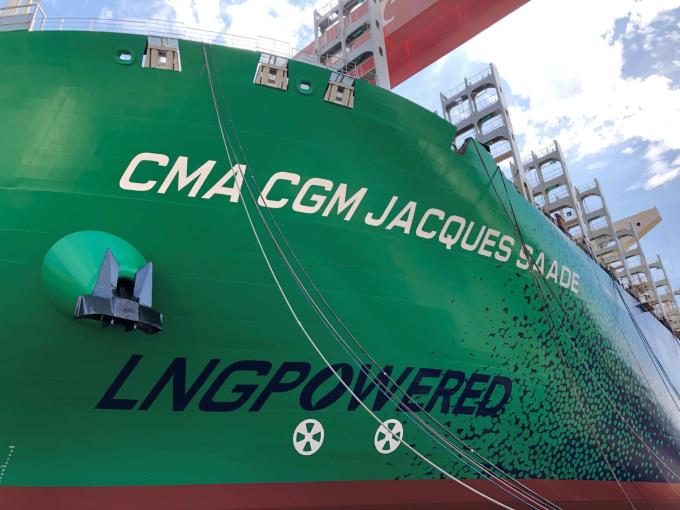Tradelanes: Overcapacity on Asia-S America impacting alliances and rates
Carriers on the Asia-west coast South America trade appear to be on the verge of ...

MSC has agreed a long-term charter deal with shipowner Eastern Pacific Shipping for eleven 15,300 teu LNG dual-fuelled newbuild vessels.
The carrier today confirmed the order to The Loadstar, and a spokesperson added that it was “committed to investing in a sustainable future and while the ...

Comment on this article